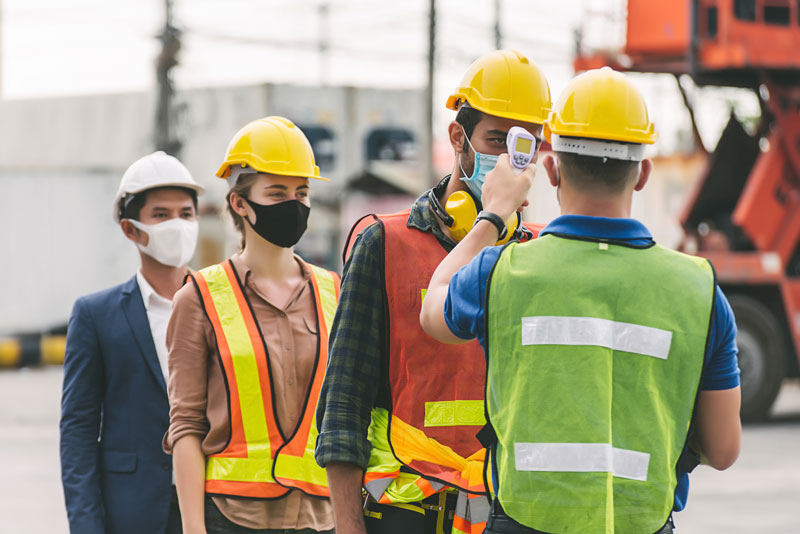OSHA’s Injury and Illness Recordkeeping and Reporting (29 CFR Part 1904) states that “Employers with more than 10 employees are required to maintain an annual record of serious work-related injuries and illnesses” (certain low-risk industries are exempted). Employers are required to use OSHA’s Form 300 Log to document recordable injuries and illnesses. At the start of each new year, employers summarize this annual record onto OSHA’s Form 300A and post this summary in a visible place from February 1ST through April 30TH . The records must be maintained at the worksite for at least five years.
How does OSHA define a recordable injury or illness?
- Any work-related fatality
- Any work related injury or illness that results in loss of consciousness, days away from work, restricted work, or transfer to another job
- Any work-related injury or illness requiring medical treatment beyond first aid.
- Any work-related diagnosed case of cancer, chronic irreversible diseases, fractured or cracked bones or teeth, and punctured eardrums.
- There are also special recording criteria for work-related cases involving: needlesticks and sharps injuries; medical removal; hearing loss; and tuberculosis


Is COVID-19 a reportable illness?
According to OSHA’s Revised Enforcement Guidance for Recording Cases of Coronavirus Disease (COVID-19), COVID-19 is defined as a reportable illness.
Employers are responsible for recording cases of COVID-19 under the following circumstances:
- The case is a confirmed case of COVID-19, as defined by the Centers for Disease Control and Prevention (CDC)
- The case is work-related as defined by 29 CFR § 1904.5
- The case involves one or more of the recording criteria per 29 CFR § 1904.7
More Reporting deadlines...
Tier II Reporting – Due March 1ST
For any hazardous chemical used or stored in the workplace, facilities must maintain a material safety data sheet (MSDS) (or Safety Data Sheet, SDS). Facilities must submit MSDSs (or SDSs), or a list of hazardous chemicals, to their State Emergency Response Commission (SERC), Local Emergency Planning Committee (LEPC) and local fire department.
Facilities covered by these requirements must submit an emergency and hazardous chemical inventory form to their SERC, LEPC and the local fire department annually. Facilities provide either a Tier I or Tier II form. Most states require the Tier II form. Tier II forms require basic facility identification information, employee contact information for both emergencies and non-emergencies, and information about chemicals stored or used at the facility. EPA recently revised the Tier II form to include additional data elements which would be useful of local planners and responders.
Find more information at https://www.epa.gov/epcra/epcra-sections-311-312
Want to an easy way to track your regulatory deadlines?
Let us show how…Request a demo today!
